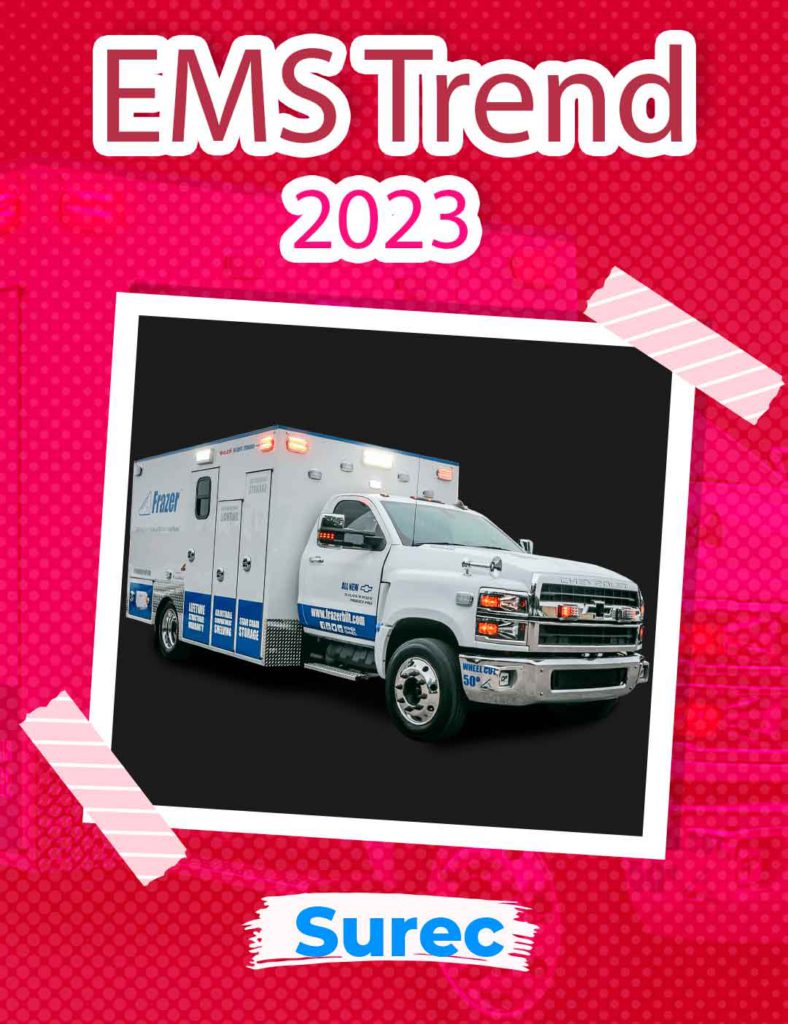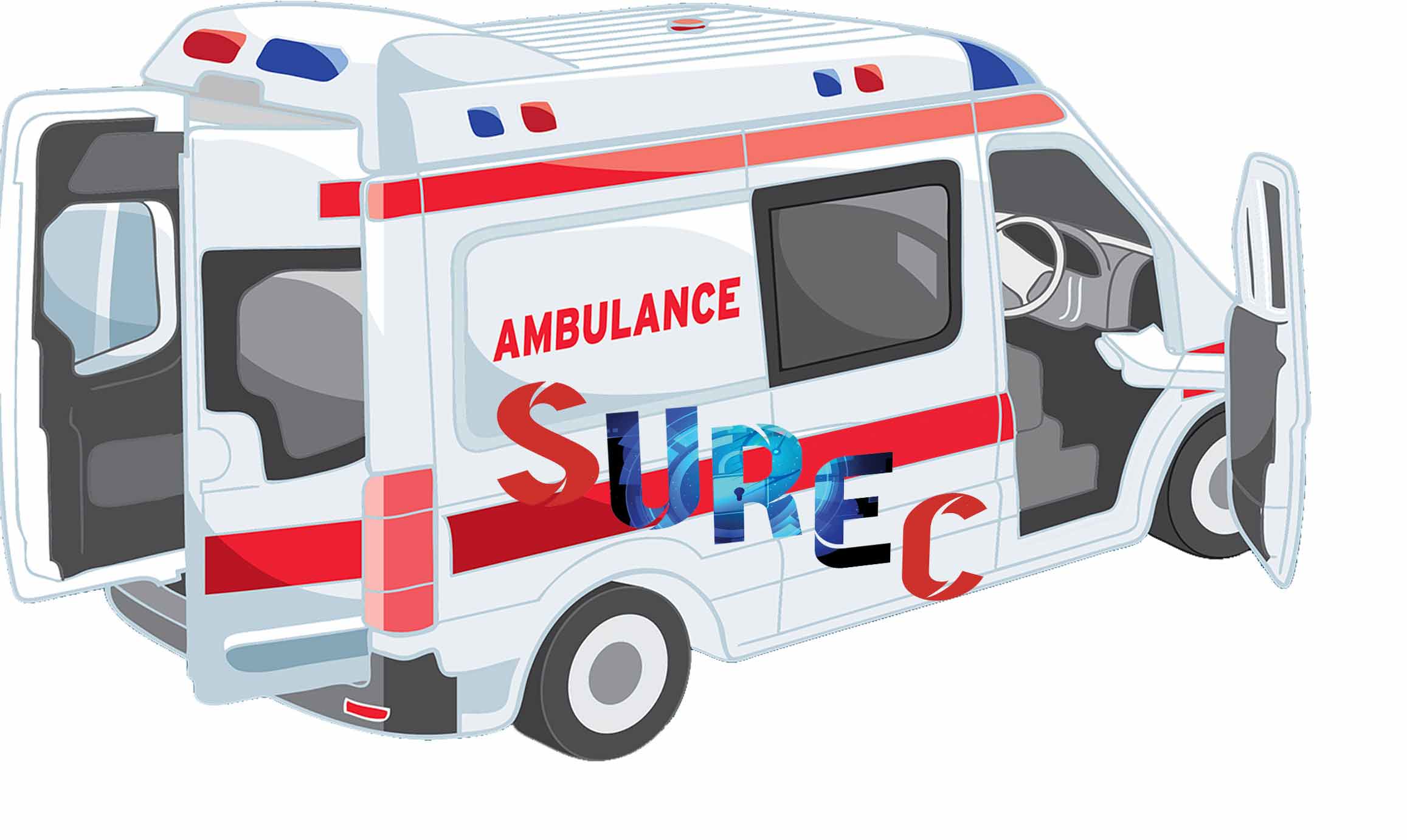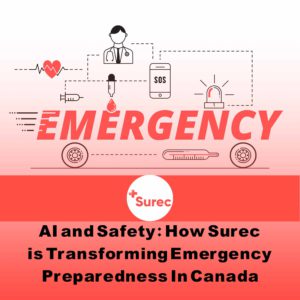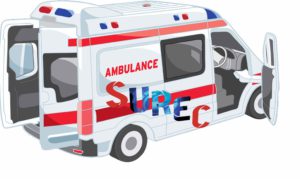Introduction
The world of Emergency Medical Services (EMS) is constantly evolving, driven by the need to improve patient care, reduce provider burden, and enhance overall service delivery. In this comprehensive report, we delve into the latest trends, challenges, and strategies in EMS that are shaping the industry in 2023 and beyond. Our goal is to provide valuable insights for EMS agencies, healthcare leaders, and policymakers seeking to make a positive impact on this critical sector. We will analyze the EMS industry. We will discuss the key forces driving change, and outline the strategies needed to ensure that EMS can meet the challenges it faces. Finally, we will provide recommendations to help EMS agencies ensure they are best equipped to offer the highest quality of care. These insights will be accompanied by best practices, case studies, and data from EMS leaders across the country. We will also provide resources to help EMS agencies make the most of their data.
The EMS landscape is marked by its dynamic nature, with trends emerging and evolving rapidly. Understanding these trends is crucial for EMS agencies to adapt, stay relevant, and provide optimal care to their communities. This report explores the significant trends that are influencing the EMS industry. EMS agencies must stay abreast of these trends if they wish to remain competitive and provide the best care possible. It is important to understand the current state of the industry and be aware of the changes that are occurring in order to remain successful. Surec is an emergency AI-based mobile app that is transforming the way EMS agencies operate. By providing efficient and accurate data collection, analysis, and reporting, Surec can provide EMS agencies with valuable insights into their operations. This type of technology can help EMS agencies stay ahead of trends and make informed decisions.
The importance of identifying trends in EMS
The EMS landscape is marked by its dynamic nature, with trends emerging and evolving rapidly. Understanding these trends is crucial for EMS agencies to adapt, stay relevant, and provide optimal care to their communities. This report explores the significant trends that are influencing the EMS industry. EMS agencies must stay abreast of these trends if they wish to remain competitive and provide the best care possible. It is important to understand the current state of the industry and be aware of the changes that are occurring in order to remain successful. Surec is an emergency AI-based mobile app that is transforming the way EMS agencies operate. By providing efficient and accurate data collection, analysis, and reporting, Surec can provide EMS agencies with valuable insights into their operations. This type of technology can help EMS agencies stay ahead of trends and make informed decisions.
Struggles faced by EMS agencies and providers
EMS providers play a pivotal role in the healthcare ecosystem, but they often face substantial challenges. These challenges include high-stress levels, demanding work environments, and the need for continuous improvement in patient care. We will examine these struggles and offer insights into alleviating them. We will also look at the need for better training and resources for EMS providers, and how these can help them better serve their patients. Finally, we will explore ways to increase recognition and appreciation for EMS providers and the important work they do.
Improve service delivery and agency culture
EMS requires efficient service delivery, where every second counts. We will discuss the importance of optimizing service delivery models and fostering a positive agency culture that promotes provider well-being. This will ensure that EMS providers can perform at their best, resulting in better service delivery and patient outcomes. Additionally, it will help to reduce burnout and improve job satisfaction among EMS providers.
Surec will be a key component to the discussion, as it can provide real-time insights and help to optimize service delivery models. With Surec, EMS providers can better manage their workload, enabling them to focus on providing the best possible care to their patients.
Adopting Programs for Improvement
EMS agencies are exploring incremental growth strategies to meet rising demand. We will explore these strategies, which include expanding service areas, enhancing response times, and improving resource allocation. This will result in improved patient outcomes and increased operational efficiency. It will also enable EMS agencies to provide quality services, reduce costs, and meet the increasing demand for emergency medical services.
Implementing alternate service models and tools
Innovation is at the forefront of EMS. We will explore alternate service models and tools that revolutionize how care is delivered. This includes the integration of telemedicine, nurse triage, and alternate destinations into EMS operations. This will increase access to care and reduce wait times while improving patient outcomes. It will also lead to cost savings and improved efficiencies in the delivery of care. Finally, this will reduce the burden on EMS providers and create better working conditions.
Benefits of telemedicine, nurse triage, and alternate destinations
Telemedicine, nurse triage, and alternate destinations offer significant benefits to EMS providers and patients. We will outline how these innovations enhance patient care, reduce provider burden, and optimize resource utilization. Telemedicine allows providers to connect with medical specialists quickly and remotely, providing timely advice and guidance. Nurse triage helps to decide which patients should be seen in the hospital and which can be safely treated with other forms of care. Alternate destinations such as urgent care centres and retail clinics provide more options for patients to receive the care they need.
Enhancing patient care and reducing provider burden
Improving patient care while reducing EMS providers’ physical and emotional burden is a key focus. We will discuss strategies and technologies that prioritize patient outcomes and provider well-being. We will look at how technology can help streamline patient care processes and reduce the administrative burden on EMS providers. Additionally, we will explore ways to support the mental health of EMS providers and ensure they have access to the resources they need. We will also discuss the importance of creating a supportive work environment that respects and values the contributions of EMS providers. Finally, we will discuss the best ways to measure the impact of these strategies and technologies on patient care and provider well-being.
The Impact of Leadership
Recognizing leadership’s impact on provider stress
Effective leadership is a cornerstone of EMS organizations. We will explore the profound impact of leadership styles on provider stress levels and overall agency performance.
Survey results and stress drivers in EMS
To gain a comprehensive understanding of provider stress, we will present survey results and identify key stressors within the EMS profession.
Creating a culture of wellness and support
Building a culture of wellness and support is essential for EMS providers’ mental and emotional well-being. We will provide actionable insights into fostering such a culture within EMS agencies.
Expert Insights: Strategies for Adoption
1. How to adopt nurse triage
Importance of a nurse triage program
Nurse triage programs are becoming vital in EMS. We will discuss the significance of nurse triage and its role in optimizing patient care.
Advancements in telemedicine and nurse triage
Telemedicine and nurse triage are evolving rapidly. We will highlight the latest advancements and their potential impact on EMS operations.
A data-driven approach to success
Implementing nurse triage requires data. We will guide you through the process of harnessing data for successful program adoption.
2. How to adopt telemedicine
Telemedicine as a patient-centric intervention
Telemedicine transforms patient care. We will emphasize its patient-centric approach and how it enhances the EMS experience.
Importance of advanced assessment for TIP disposition
Telemedicine plays a critical role in advanced patient assessment. We will discuss the importance of this assessment for efficient Transport Information Packet (TIP) disposition.
Tips for Leaders Incorporating Telemedicine
Leaders play a pivotal role in telemedicine adoption. We will provide leadership tips for seamless integration.
3. How to adopt alternate destinations
Utilizing alternative destination programs
Alternate destinations are changing EMS’s patient transport. We will explore how EMS agencies can effectively utilize these programs.
Transporting low acuity patients to FSEDs
Transport of low acuity patients to Freestanding Emergency Departments (FSEDs) is an emerging trend. We will discuss benefits and best practices for implementation.
Providing direct access to behavioral health facilities
Streamlining transport to behavioral health facilities is essential. We will outline strategies for transportation to enhance patient care.
4. How to adopt wellness programs
Addressing behavioural health support services
EMS providers often face behavioural health challenges. We will discuss the importance of addressing these challenges and offering support services.
Culturally competent resources for employees
Cultural competence is the key to effective support. We will explore the development of culturally competent resources for EMS employees.
Building a culture of wellness and support
Creating a culture of wellness and support is an ongoing process. We will provide guidance on building and sustaining such a culture within EMS agencies.
5. How to adopt formal leadership training
Leadership training approaches
Leadership training comes in various forms. We will outline the different approaches and their suitability for EMS leaders.
Leadership competencies beyond clinical skills
Effective EMS leadership requires competencies beyond clinical skills. We will identify these competencies and their significance.
Benefits of formal leadership training
Leadership training offers substantial benefits. We will discuss these benefits and why EMS leaders should consider such programs.

Conclusion
The significance of innovative programs
Innovation is the cornerstone of EMS progress. We will emphasize the significance of adopting innovative programs to enhance patient care and provider well-being.
Addressing challenges and building a stronger EMS community
Challenges are inevitable, but they can be overcome. We will conclude by highlighting the importance of addressing challenges and building a resilient EMS community.
Moving forward towards improved service delivery and provider wellness
EMS’s future is bright, with continuous improvements in service delivery and provider wellness. We will look ahead to promising developments on the horizon.







